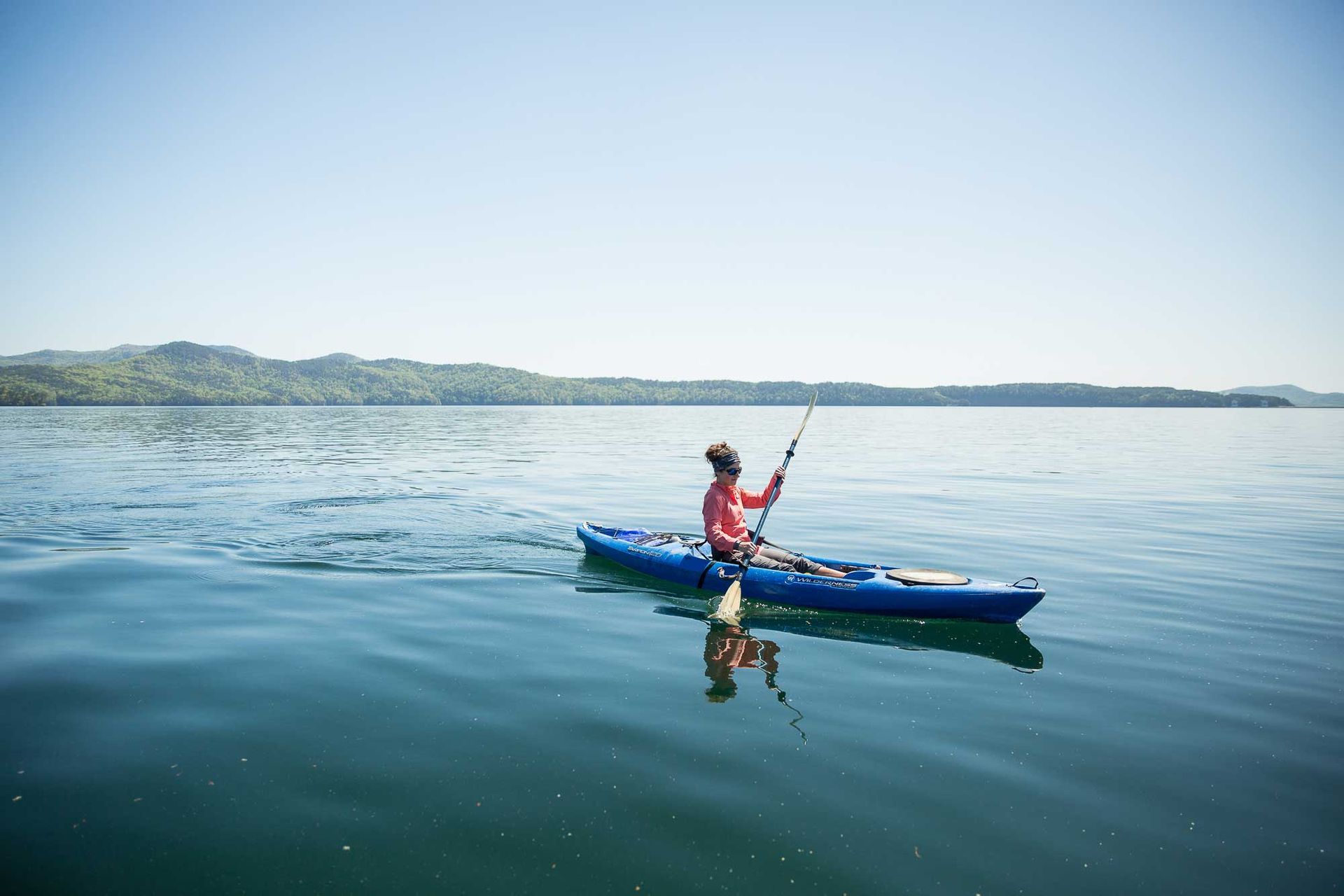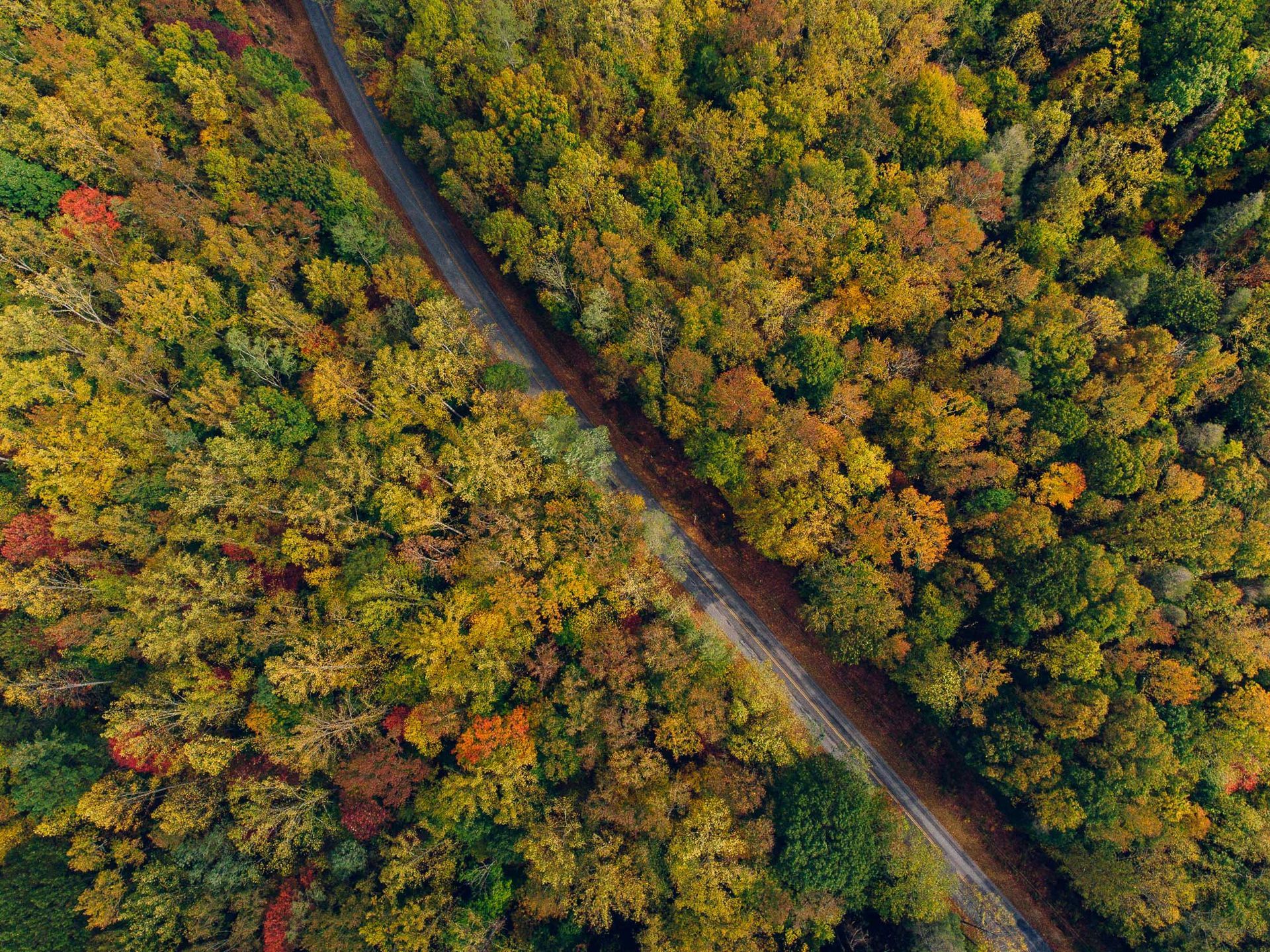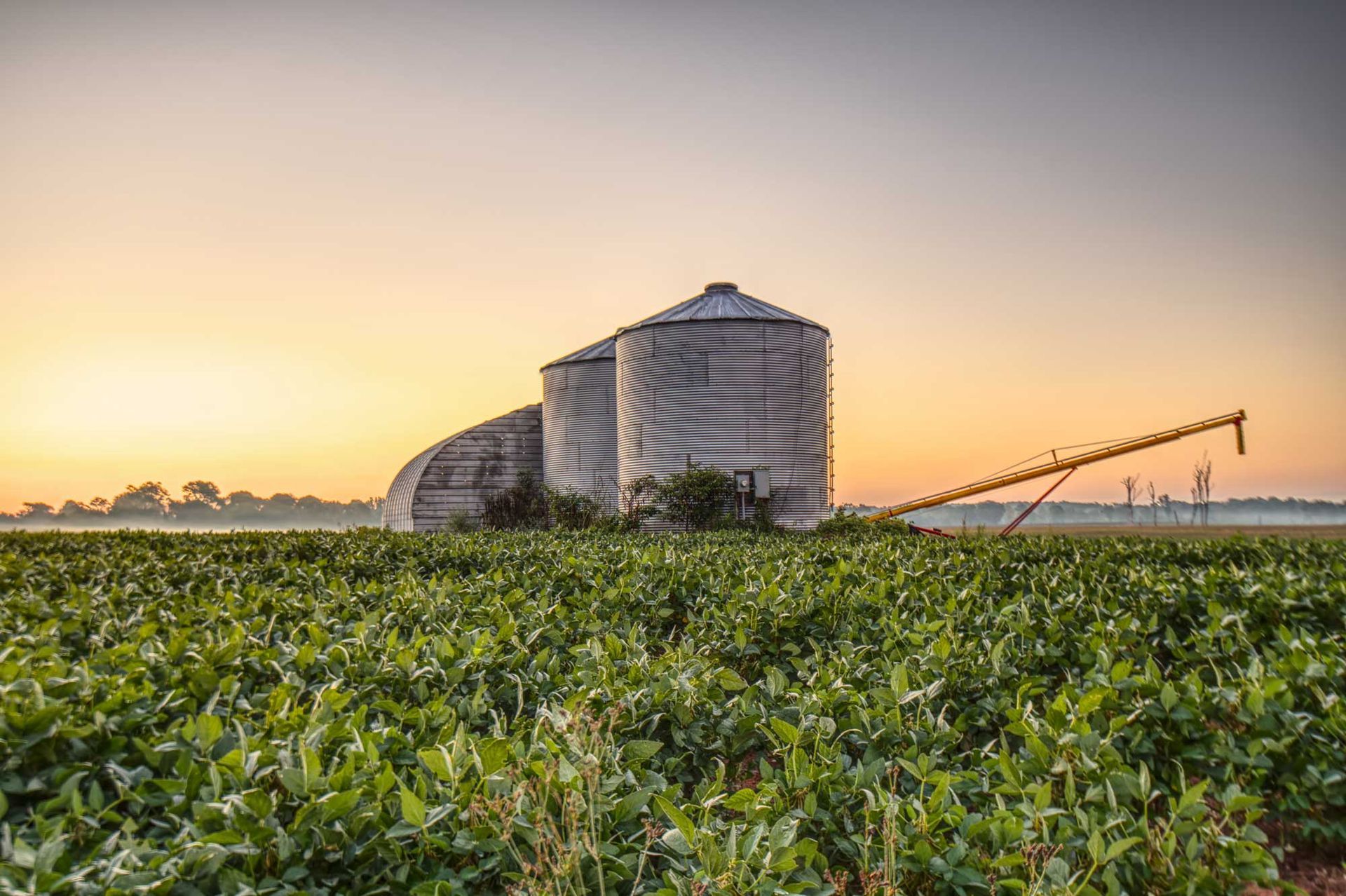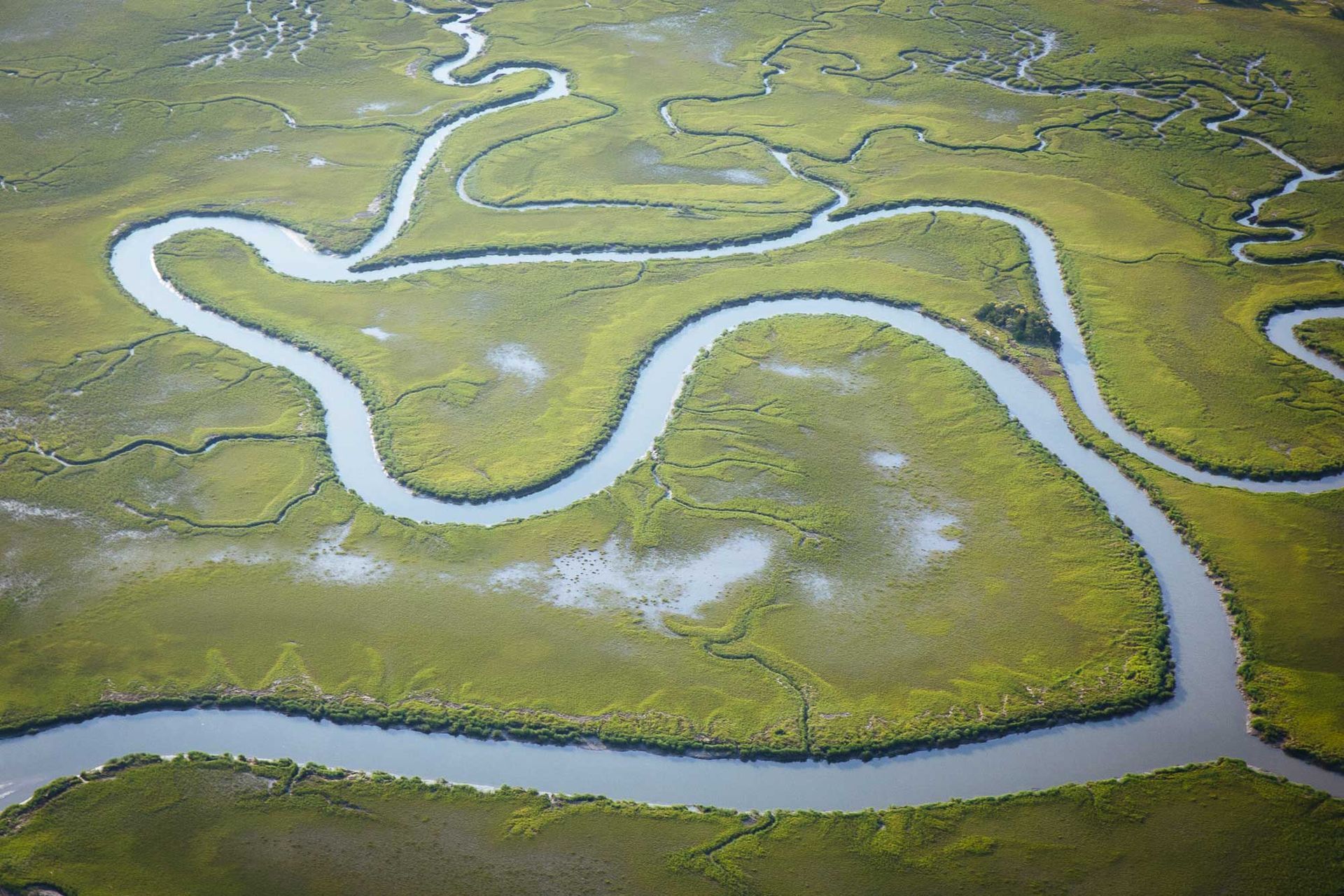Our Mission
The South Carolina Conservation Bank exists to improve the quality of life in South Carolina by conserving significant natural resource lands, wetlands, historical properties, archeological sites, and urban parks.
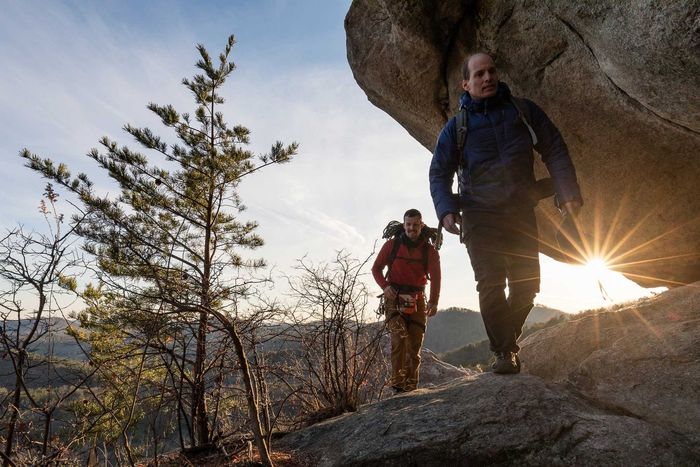
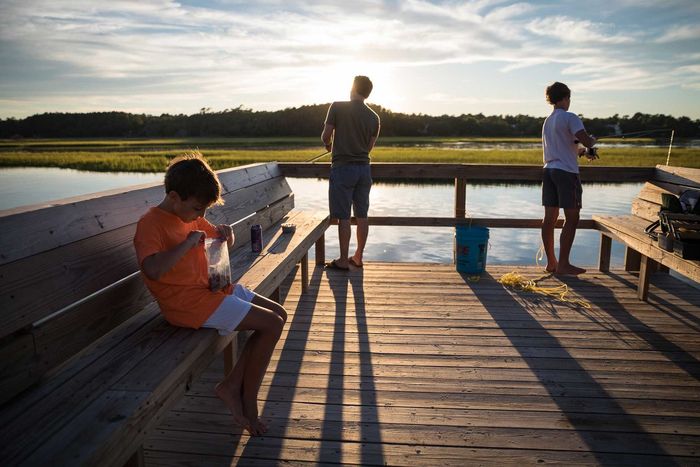
Our Conservation Objectives
Our History
In 2000, work began on an effort to identify significant South Carolina lands and determine how they could be protected and sustained. This effort resulted in the Land Legacy Initiative—a grassroots effort by many individuals, groups, and businesses that found a need to preserve greenways, open spaces, and parks in urban areas in order to promote balanced growth, well-being, and quality of life in South Carolina.
The Land Legacy Initiative also uncovered a critical need to fund the preservation of—and public access to—many types of South Carolina land, including wildlife habitats, natural areas, historical sites, sites of unique ecological significance, forestlands, farmlands, watersheds, open space, and urban parks.
It soon became clear that protecting open space by acquiring interests in real property from willing sellers paid several dividends:
- The state would continue to benefit from thriving wildlife habitats and healthy streams, rivers, bays, and estuaries,
- South Carolinians could enjoy the land for recreation purposes, scientific studies, and aesthetic appreciation for years to come,
- Visitors and new industry would continue to find South Carolina an attractive location to live and work, and
- Future generations could continue to access and benefit from our state’s outstanding natural and historical sites.
The Initiative also determined that the state needed to establish ongoing funding to acquire real estate from willing sellers—and the effort to conserve land would fail without the cooperation of landowners, state agencies, legislators, municipalities, and non-profit organizations like land trusts.
Accordingly, the South Carolina General Assembly, in a bipartisan effort, passed the South Carolina Conservation Bank Act, which was signed and ratified by the Governor in April 2002.
After studying other states, setting board policy, and establishing the grant application process, funding for the Conservation Bank began in July 2004.
Since that time, we have actively tried to keep South Carolina a special and significant place—simultaneously protecting valuable natural resources and respecting private property rights.
